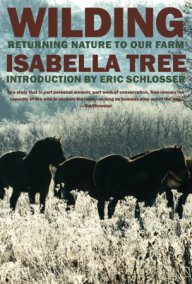

Like Augustus Gloop’s gluttonous dive into the chocolate river in “Willy Wonka and the Chocolate Factory,” Meloy clearly swamps her senses in the glory of the pastel horizons and hollows of the desert, calling herself claustrophobic when away from a sight line of all that is, to her, holy - “instinct holy,” rather than “preachy holy,” as she calls it. “Set against a palette of desolation, a piece of turquoise is like a hole open to the sky.” Pinks are “vain,” green is “hungry,” and the myriad tones of blue evoke “devotion.” But for Meloy, it is the allure of turquoise, “the color of yearning,” that weaves itself throughout the narrative. Sometimes, it is akin to slam poetry, clipped and fast-paced, with little in the form of connecting sinew, while at other times, the prose is lyrical and evocative, the rhapsodic ponderings of a deeply creative and spiritual individual.Ĭolors all but drip from the pages, like Jackson Pollack splatters of lustfully thrown pigments. “The Anthropology of Turquoise: Reflections on Desert, Sea, Stone and Sky,” a finalist for the Pulitzer Prize, reads like poetry from start to finish. The happiness a color can bring can induce a sort of vertigo, a sensation that can catch you unawares, tilting your world sideways.Īuthor and naturalist Ellen Meloy certainly felt that delicious ache, and lucky for readers she recorded her thoughts and impressions in a captivating collection of essays before she passed away in 2004.

For some, the flood of feelings evoked by certain colors can be described best as an ache, an inexplicable longing in the heart.

The human response to the power of color is ubiquitous, and emotions can be reflected in every shade of the rainbow. There are some things so universal that they persist across centuries, even as nations have risen and fallen and generations have come and gone. Ellen Meloy, author of "The Anthropology of Turquoise."


 0 kommentar(er)
0 kommentar(er)
